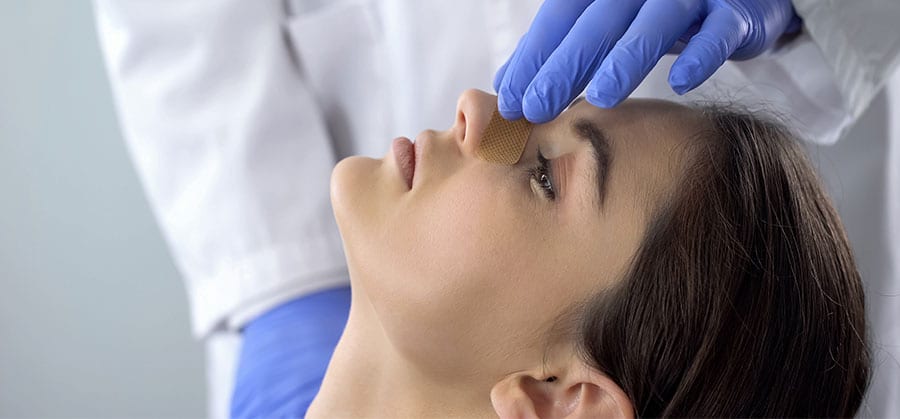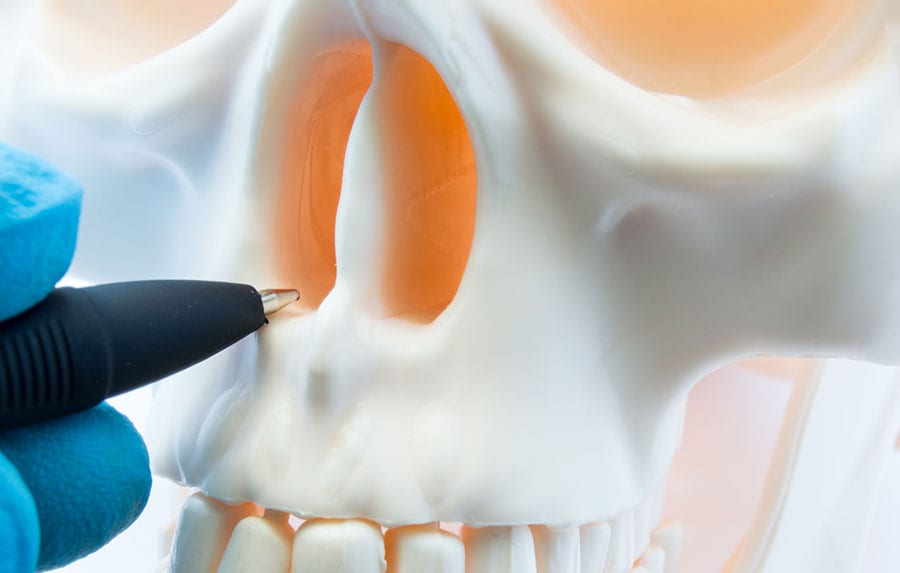
The nasal septum is the area of your nose consisting of cartilage and bone that divides the nasal cavity in half. For various reasons, the septum can be crooked, significantly off-center, or have other problems that make breathing problematic. It is actually fairly normal for people to have a slight difference in the size of their nostrils. It is estimated that up to 80 percent of people have some degree of misalignment to their septums. However, only severe cases lead to difficulty in breathing that necessitates treatment.
Deviated Septum Symptoms
If you have a deviated septum, you may eventually need to visit a septoplasty clinic, depending upon your symptoms. Nasal congestion is the most common deviated septum symptom. When this occurs, one nostril will be more congested than the other one. You will also have difficulty breathing. Chronic sinus infections are also a common symptom of a deviated septum.
Some other signs of a deviated septum include:
- Nosebleeds
- Headache
- Facial pain
- Postnasal drip
- Loud snoring while sleeping


Septoplasty Procedure
The septoplasty is a procedure often performed at a septoplasty clinic to correct a deviated septum. If you require a septoplasty, your surgeon will form a tiny incision in the septum from inside of your nose. The next step involves the removal of excess cartilage or bone that allows for a more even breathing space from the nostrils.
Some patients undergoing a septoplasty may also require a rhinoplasty, commonly known as a “nose job.” This is to enhance the nose’s appearance. Sinus surgery may also be performed in conjunction with a septoplasty.
Septoplasty Preparations
Since you will be fully under the effects of anesthesia, avoid eating or drinking for a few hours prior to your procedure to avoid any nausea. You may be given further instructions on taking needed medications before your septoplasty procedure.
You may be asked to avoid taking certain medications that could increase your risk of bleeding after your surgery. Be sure to inform the septoplasty clinic of any medications that you are taking, including nutritional supplements, as these could interfere with prescribed medications or hamper your recovery.
If you require a septoplasty procedure to correct a significantly deviated septum, you should not require a hospital stay. The procedure will be performed under either local or general anesthesia at the septoplasty clinic, taking about 90 minutes to complete. In about four hours after your procedure, you should be able to return home. Be sure that you have made arrangements to have someone drive you home, as you will be affected for some time by the effects of the anesthesia.
You may need to have soft packing materials or internal splits placed within your nose to protect your septum while it is healing. In cases where you only have a septoplasty performed, you should expect minimal bruising or swelling. If you have another procedure performed in conjunction with your septoplasty, it is normal to experience up to two weeks of swelling and bruising.
